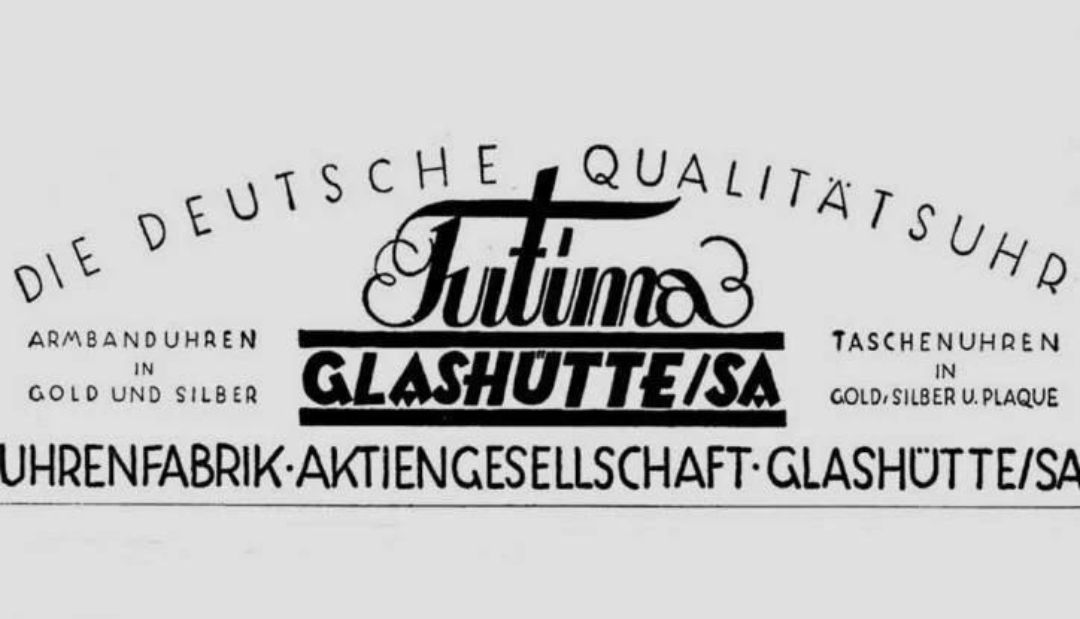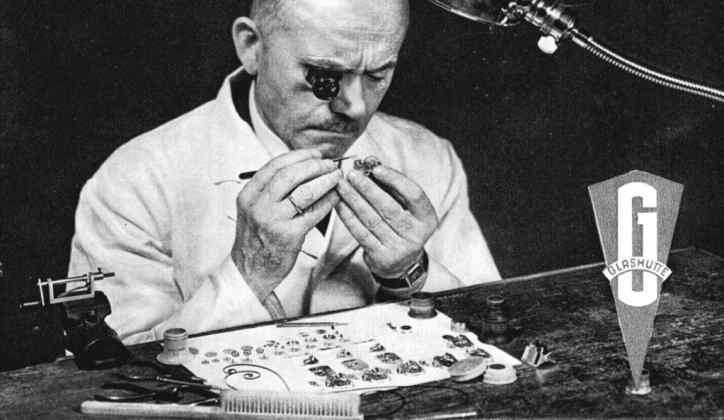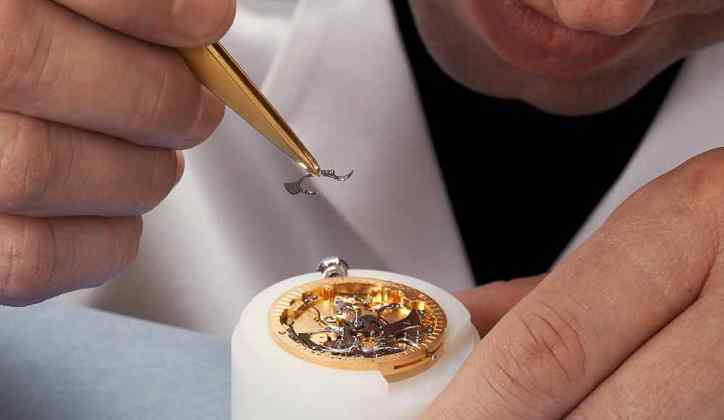It was the year 1927. In all of Europe, an awakening was in the air. Technical innovation, young arts like film and photography, and unprecedented music like jazz made this decade into the Golden Twenties.
Even in Glashütte, world-famous as the city of timepieces since the nineteenth century, the belief in tomorrow was tangible. Here, in the midst of crisis, two companies were founded: Uhren-Rohwerke-Fabrik Glashütte AG (UROFA) and Uhrenfabrik Glashütte AG, known as UFAG. Chairman and Managing Director of both was Dr. Ernst Kurtz, a jurist who quickly recognized that it was not the still widely utilized pocket watch to which the future would belong, but the wristwatch. Very soon, his best models had no need to shun comparison to Swiss brands. Because they were especially reliable and durable, they received the name “Tutima”, derived from the Latin word for “safe, secure.” A brand was born.



The roots of perfection
The beginnings of watchmaking in Glashütte are deeply entwined with the secluded eastern Ore Mountains: watchmakers had to make almost all their parts themselves. Some of them became independent. It was Dr. Ernst Kurtz who brought the lone wolves scattered across the Müglitz valley together under one roof in a factory at the end of the 1920s, developing modern work structures.
It was this spirit that already characterized our philosophy and operating principles during the times of UFAG – and continues to do so now. Today, Tutima design and develop they own watch movements, like caliber 617. This classic movement comprises 166 individual components of the highest quality, produced on CNC tooling machines and traditionally finished by hand. The self-produced spring barrel, gear train, and oscillating system are also utilized in the minute repeater.
Time needs time
On the road to success there are no shortcuts. And thus the creation of a complicated timekeeper calls for one thing above all: a lot of time. Because two to three years of planning and development may pass before a watch becomes a complete Tutima.
This boundless passion and patience are the reason that at Tutima, special movement modules such as the chronograph caliber Tutima 521 are created. It is based on caliber ETA Valjoux 7750, and replaces the Swiss caliber Lémania 5100.
The challenge of this module was not only to make sure that it reliably functions without compromise but also to pack it into the smallest possible amount of space. The result is a masterful construction that Tutima have registered for a patent.


